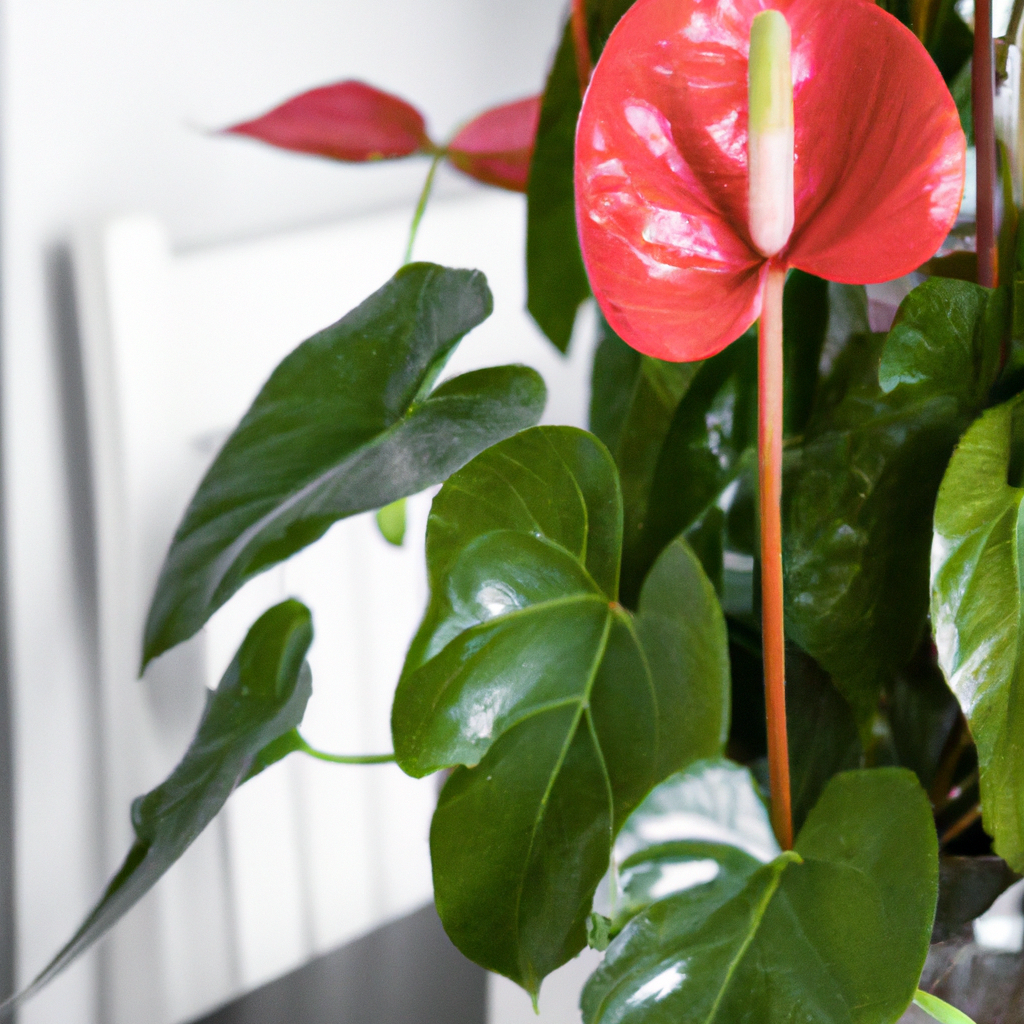The beauty and elegance of an Anthurium houseplant is undeniable. With their lush, deep green leaves and long-lasting flowers, they are an excellent addition to any home. But, before you invest in one, there are many things to consider to ensure you make the right decision for you and your lifestyle.
To begin with, it is important to ensure that you have adequate space in your home and the right combination of light and humidity for the Anthurium houseplant to thrive. An Anthurium plant needs indirect light and prefers temperatures between 15 and 25 degrees Celsius. The soil should also be moist, though not wet. Too much direct sunlight or too little water can cause the plant to wilt and its leaves to yellow.
Next, consider the activities you will be doing in the vicinity of your Anthurium houseplant. Anthuriums are prone to insect infestations, which can be very difficult to get rid of once established, so it’s important to keep potential problem areas away from them. This means you should avoid using any chemical insecticides or herbicides nearby. Additionally, if you or your family members smoke, it is advisable to keep the plant away from those areas as well.
Furthermore, Anthuriums are sensitive to certain fertilizers and commercial potting mixes. Make sure that any potting mix or fertilizer you use is specifically designed for Anthuriums and does not contain any type of chemical that could potentially be harmful.
Taking proper care of an Anthurium houseplant is essential for its long-term health and beauty. Be sure to water your Anthurium regularly and according to the instructions on the package of potting mix or fertilizer. If you notice the plant’s leaves are wilting or yellowing, you may need to adjust the amount of water or the type of potting mix you are using.
Additionally, Anthuriums are susceptible to a variety of diseases, so be sure to keep an eye out for signs of infection. Common symptoms include wilting leaves, slow growth, yellowing foliage, and black spots on the leaves. If you do observe any of these symptoms, remove the affected leaves, increase air circulation around the plant, and seek advice from a gardening expert about how to address the problem.
Finally, Anthuriums require regular pruning. Prune away any dead or wilted leaves from the stems and cut back any flower stalks when necessary. Doing this will help keep the plant looking its best and encourage healthy growth.
Anthurium houseplants can definitely bring a sense of luxury and beauty to your home. By keeping in mind these key points, you can make an informed decision about whether an Anthurium plant is truly the best option for you and your lifestyle. With proper care and attention, your Anthurium will bring years of enjoyment into your life – so don’t be afraid to take the plunge and make this beautiful addition to your home today!
